Judo Gi GOLD Double Weave Heavy Weight 860 GSM White
$130.00 – $145.00
BENZA Heavy Weight Judo Uniform (860 GSM): Ultimate Durability and Comfort
Crafted for serious practitioners and competitors, BENZA heavy weight judo uniform (860 GSM) offers the perfect blend of strength, durability, and comfort. Made from super-fine quality 100% cotton canvas and designed with a pearl weave, this gi is engineered to withstand the intense demands of both everyday practice and IJF (International Judo Federation) competitions.
Key Features
Premium Jacket Construction
- Material: The jacket is crafted from 860 GSM cotton canvas, ensuring exceptional durability and long-lasting performance. The heavyweight design enhances resistance to wear and tear, making it ideal for intense gripping and throwing.
- Pearl Weave: The pearl weave design combines strength with flexibility, providing a structured fit that allows freedom of movement during practice or matches.
- Comfortable Fit: Tailored to fit snugly yet comfortably, the jacket supports unrestricted motion for optimal performance during grapples, throws, and groundwork.
Reinforced Pants for Durability
- Material: The pants are made from soft brushed cotton, ensuring a comfortable feel against the skin during prolonged training sessions.
- Reinforced Knees: Designed to handle repeated stress, the knees are reinforced for added durability, making them perfect for frequent ground techniques and takedowns.
- Drawstring Waist: Provides a secure and adjustable fit, catering to practitioners of varying body shapes and sizes.
Ideal for Practice and Competition
BENZA judo uniform is not only designed for the rigors of everyday training but also meets the standards required for IJF competitions. Its sturdy construction ensures it can handle intense gripping and pulling without compromising the athlete’s performance or comfort.
Why Choose BENZA Judo Gi?
- Professional Quality: Meets the highest standards for competition and training.
- Durable Design: Made with heavyweight cotton and reinforced stitching for long-lasting use.
- Comfort and Fit: Soft brushed cotton and thoughtful design elements enhance comfort during extended wear.
- Style and Functionality: The pearl weave provides a sleek appearance while maintaining functional durability.
Whether you’re gearing up for a competition or focusing on mastering your craft during practice, this heavyweight judo uniform delivers reliability, style, and superior performance.
| Weight | N/A |
|---|---|
| Size | |
| Martial Arts Style |
Only logged in customers who have purchased this product may leave a review.
Related products
BENZA SPORTS
BENZA SPORTS
BENZA SPORTS
BENZA SPORTS

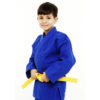
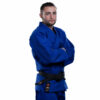
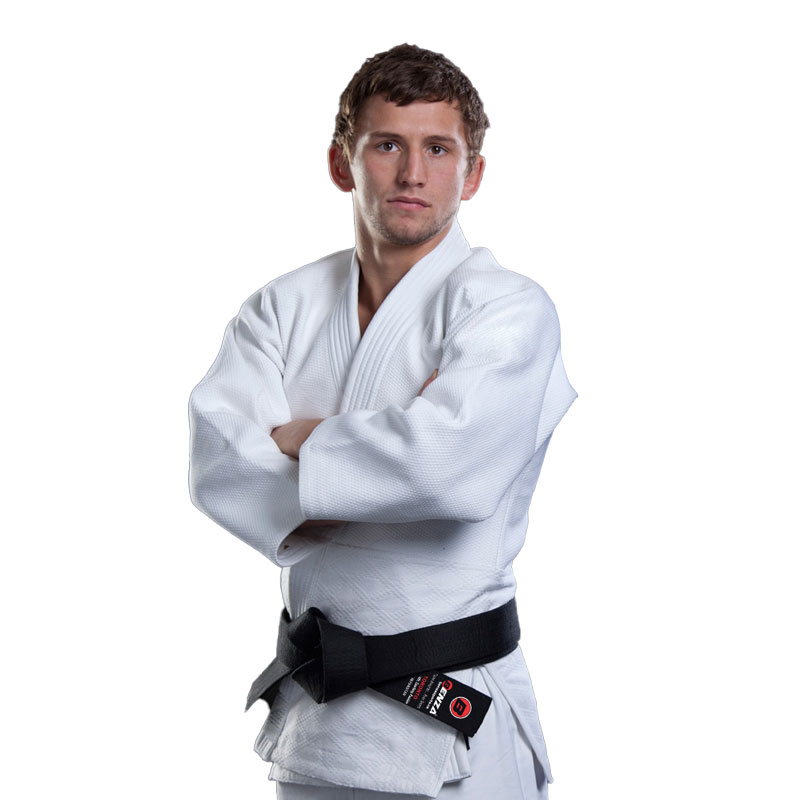
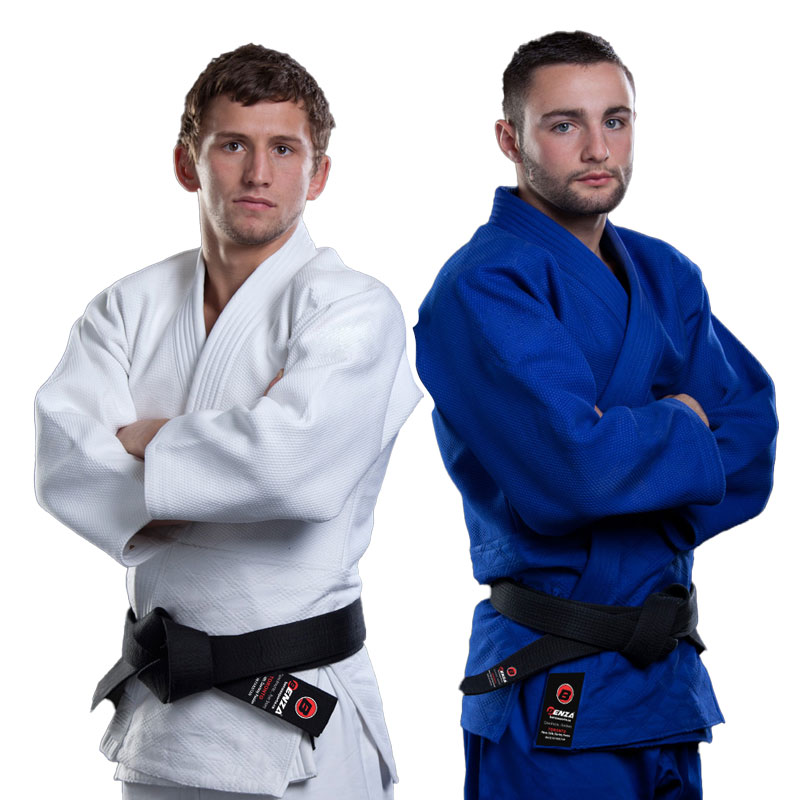
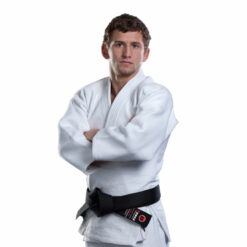
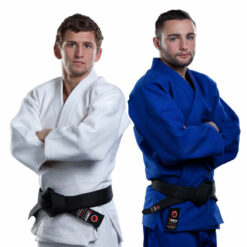
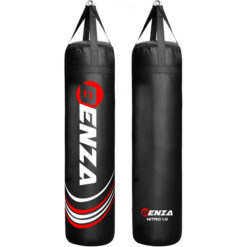
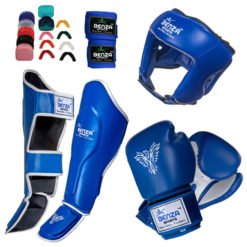
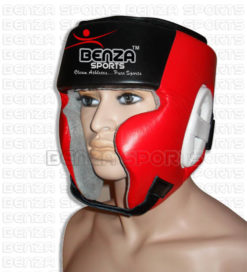
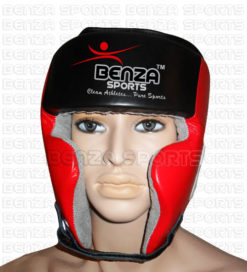
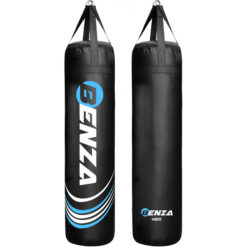
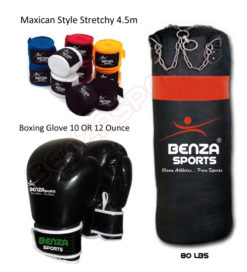
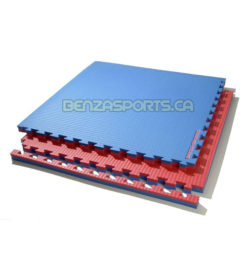
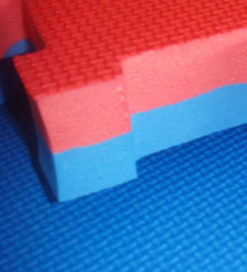
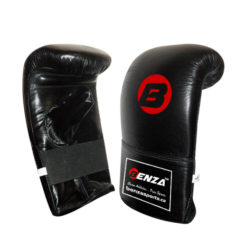
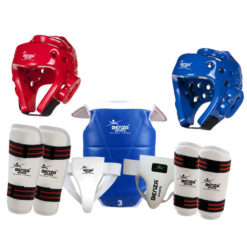
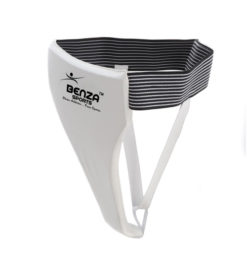
Reviews
There are no reviews yet.